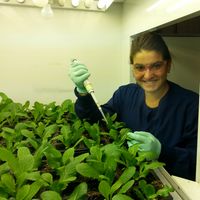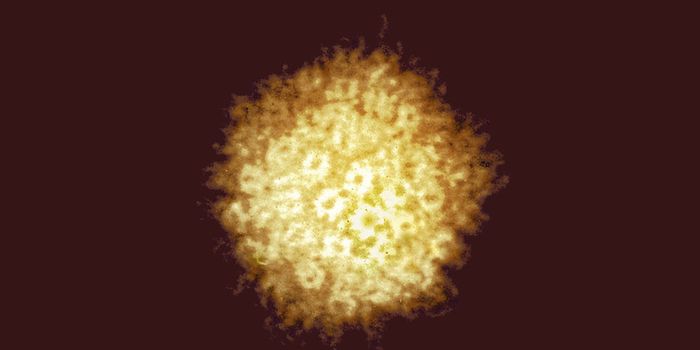Avian Influenza Virus Evolution Occurs in Mammals
From March 2013 to July 2017, there have been 1557 human cases and 605 deaths associated with avian influenza A virus in China. The number of infections of H7N9 appeared to decrease in waves 3 (October 2014-September 2015) and wave 4 (October 2015 – September 2016) in which no genetic variants of the virus associated with the ability to cause disease in humans were identified. Unfortunately the fifth wave of H7N9 in China, beginning in December of 2016 to the present, has shown an upsurge in human infections.
Scientists find that H7N9 HPAIV isolated from infected poultry and humans in China have different rates of mutation in mice compared to birds using next-generation sequencing (NGS) and Sanger sequencing. Credit: The Daily Sheeple
Influenza type A viruses are able to infect humans as well as many different animals, including birds. Avian influenza virus (AIV), also known as bird flu, is distinct from human influenza viruses and transmission between birds and humans is rare. Wild aquatic birds appear to be the primary reservoir of AIV. Typically outbreaks in poultry are associated with asymptomatic or mild disease symptoms and are referred to as low pathogenic avian influenza viruses (LPAIV). Viruses that cause severe disease in birds resulting in high death rates are known as highly pathogenic avian influenza viruses (HPAIV).HPAVs are also most often associated with the zoonotic transmission to humans.
Type A influenza viruses, including AIV, are classified into subtypes according to the combinations of virus surface proteins including hemagglutinin (H) and neuraminidase (N). There are 18 different hemagglutinin subtypes and 11 different neuraminidase subtypes. There have been at least 5 subtypes of AIV that have been shown to infect humans in China including H5, H6, H7, H9 and H10. The subtype responsible for the current pandemic in China has been identified as H7N9 and first reported as a LPAIV in March 2013. Since then, HPAIV H7N9 have been isolated from humans.
Scientists from China have isolated and examined the genetic sequence and pathogenicity of one H7N9 LPAI and two H7N9 HPAIVs isolated from chickens and two H7N9 HPAIVs from humans using chicken and mouse animal models. In animal experiments, all HPAI H7N9 isolates were highly lethal in mice and chickens. Notably, HPAIVs that were isolated from humans were more lethal in mice than those HPAIVs isolated from chickens.
Using next-generation and Sanger sequencing, scientists identified three specific sites in the sequences of HPAIV isolates that likely evolved from the pre-existing LPAIVs. Scientists found that these mutations occurred much more quickly in mice than in chickens, with mutations occurring as early as 4 days post inoculation in mice. Scientists believe this demonstrates the ability of LPAIVs to adapt to their host. In this case, LPAIVs are adapting quickly within the mammalian host in order to have the ability to bind to mammalian receptors and cause disease.
The authors of this study concluded that viruses originating from humans are more pathogenic than those originating from avian hosts due to a dynamic mammalian adaptation as confirmed by next-generation and Sanger sequencing. These findings offer insight into the origin and adaptations of AIVs in both poultry and mammals as well as transmission between the two hosts.
Sources: World Health Organization, Journal of Virology









